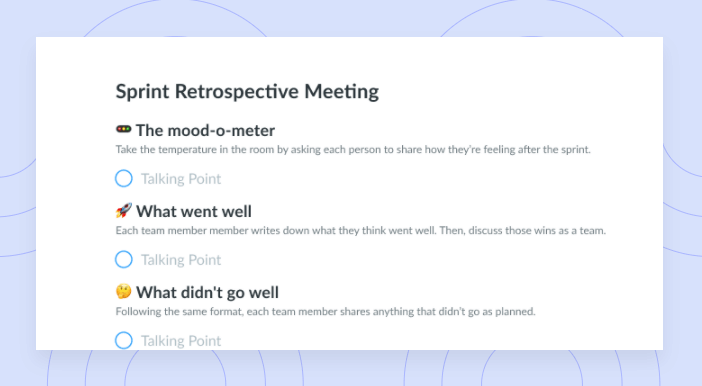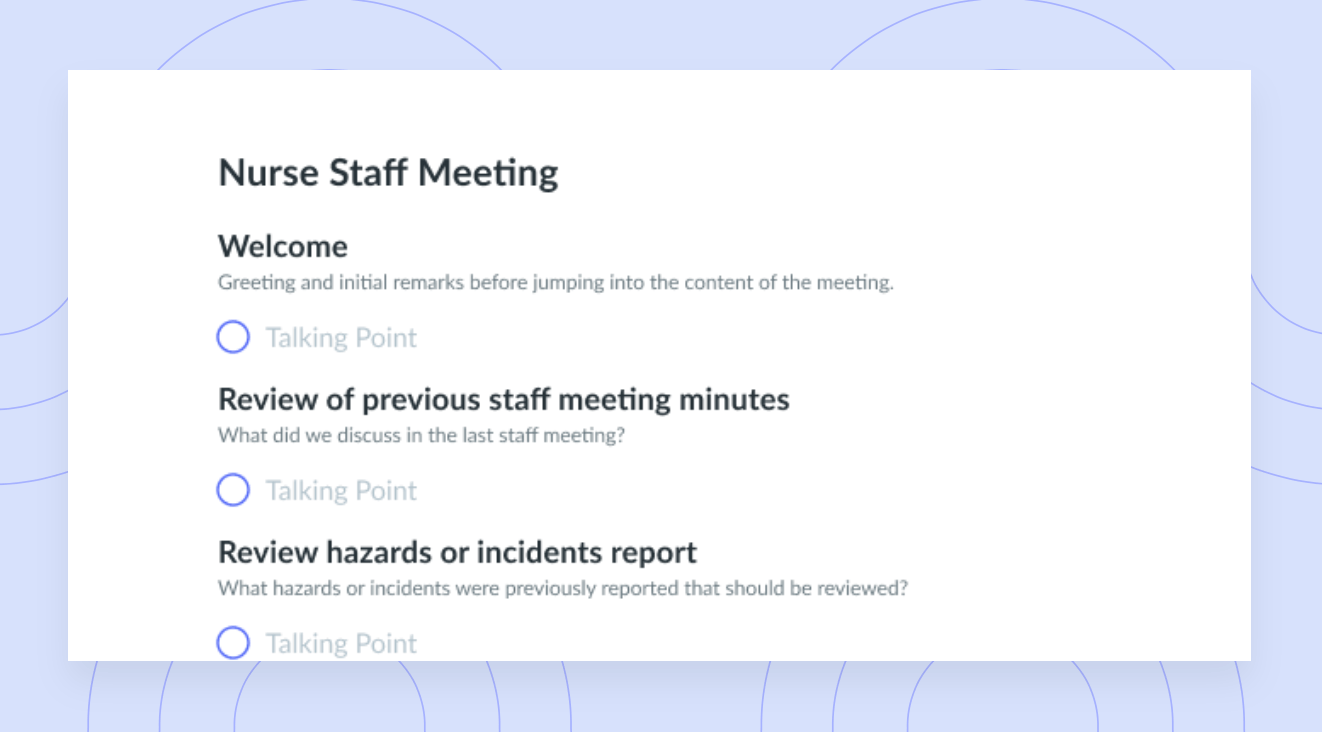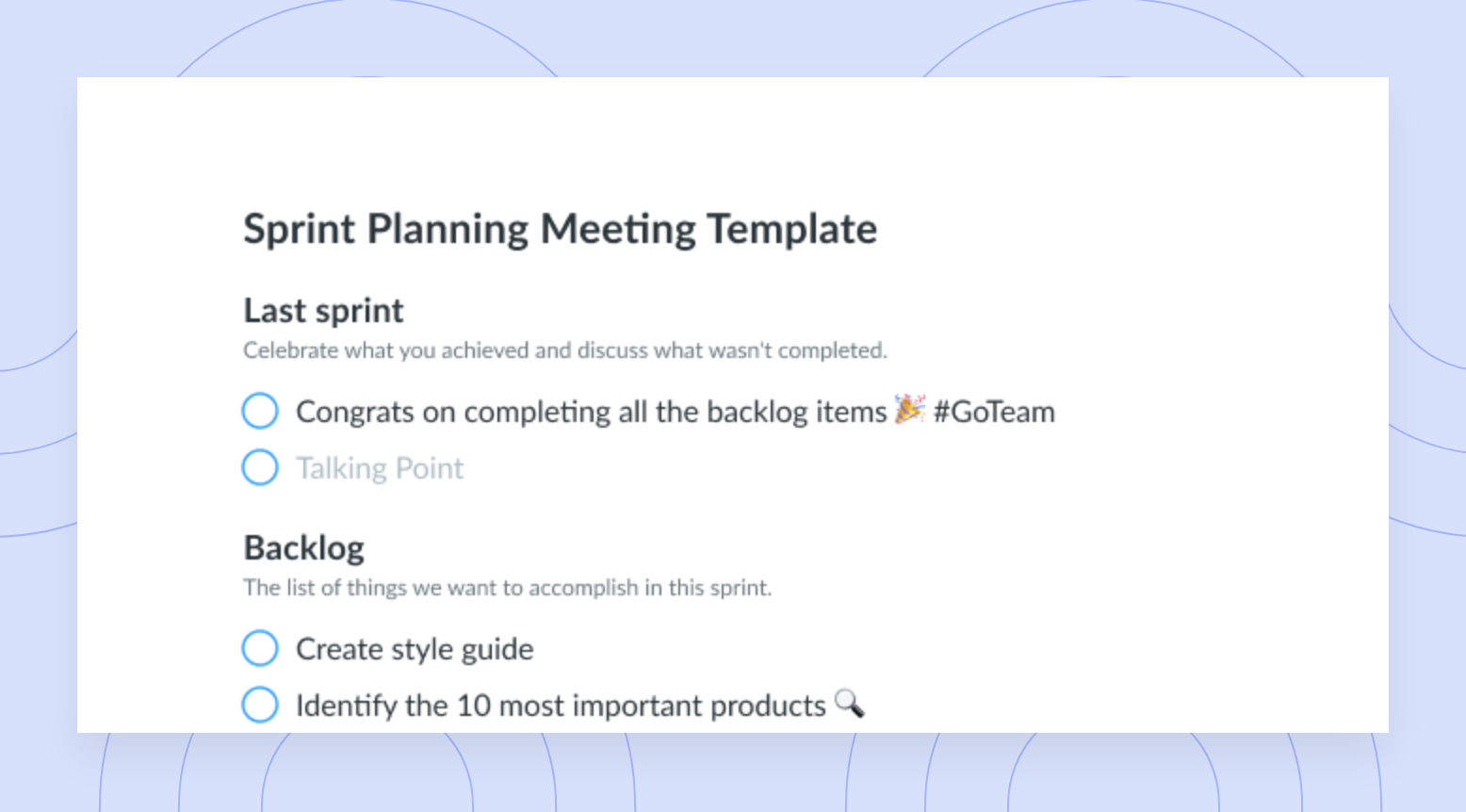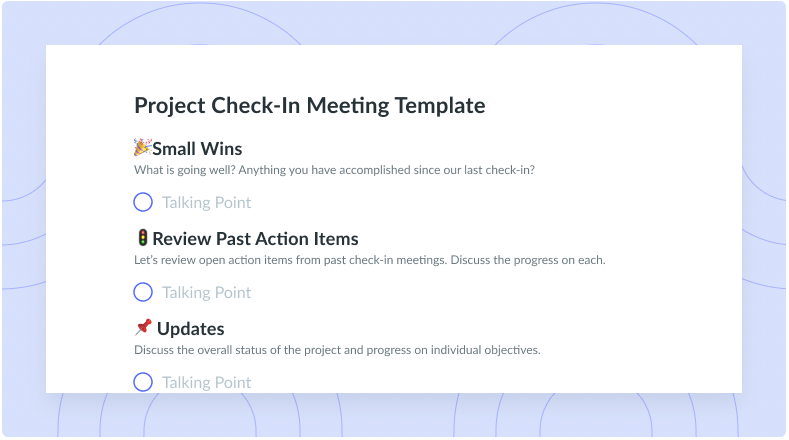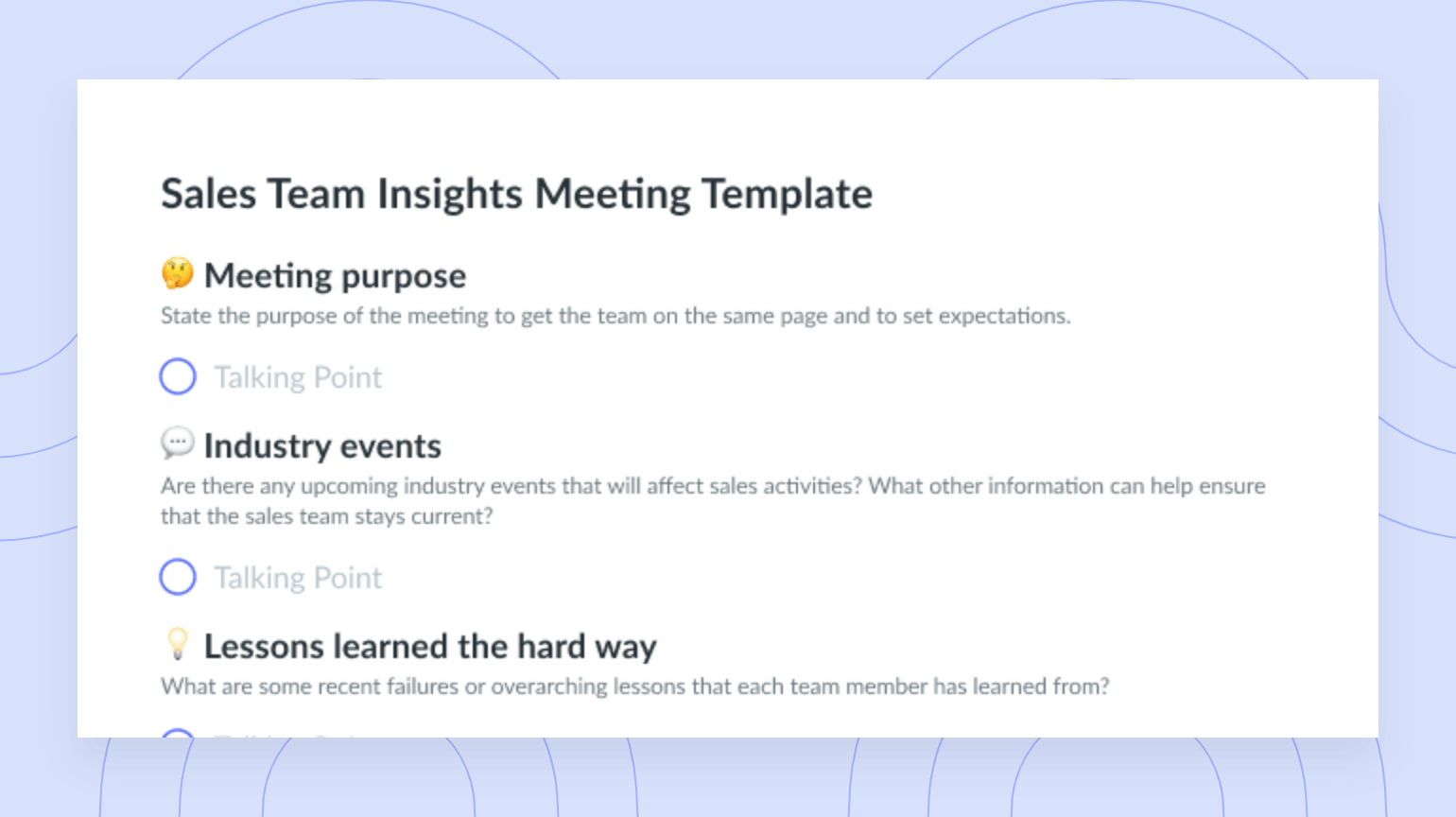How to Professionally Say No at Work (+ Examples)
Saying no at work can be uncomfortable but saying yes to everything is not healthy either. Learn how to confidently say no to more work while producing quality work.
Saying “no” can be difficult because it can leave you feeling guilty and like not a team player. However, constantly saying “yes” can lead to overwhelming feelings and poor work quality. Thus, it is important to learn to say “no” to improve your work and mental health. Additionally, saying “no” allows you to focus your attention on important tasks, leading to higher quality outcomes. Keep reading for 6 tips for saying “no” professionally at work.
- Why it’s important to say “no” professionally at work
- When to say no at work
- 6 tips for saying no professionally
- Examples of ways to say “no”
- Do’s and Don’ts when it comes to saying “no”
Why it’s important to say no professionally at work
There are many reasons why you might need to say no to someone at work, regardless of how much you want to say yes. Rebecca Knight, Harvard Business Review contributor, explains that saying no is not something that comes naturally because you feel bad about disappointing and turning down your team members. Nevertheless, saying no at work is important for yourself as well as the success of the company. For instance, if you agree to take on additional tasks when you are already at your maximum capacity, it can lead to burnout. This, in turn, can have a negative effect on your mental well-being and hinder your productivity. Consequently, the decline in the quality of your work can impact the success of the company.

Avoid overwhelm in the workplace
Clearly visualize your workload by combining your calendar events and action items all in one place, making it easier to say ‘no’ when necessary. Try a tool like Fellow today!

When to say no at work
Wondering when it is appropriate to say no at work? Here are a few instances when saying no will benefit everyone.
- When you’ve reached your bandwidth
- When the task does not align with your goals
- When you do not have the proper skills for the task
- When the task does not benefit you or the company
6 tips for saying no professionally
Karen Dillon, coauthor of How Will You Measure Your Life, stresses that “the manner in which you say no is so important”.
So, let’s learn how to say “no” in a good manner!
- Assess the request
- Know your priorities
- Be straightforward and authentic
- Bring up an alternative/solution
- Build trust with your boss and colleagues
- Practice before the conversation
1 Assess the request
First things first, assess the request. Before jumping to the conclusion that you have to say “no”, ask for more information about the opportunity. Dillon suggests asking about the deadlines, the importance of the opportunity, and what exactly your job would be. Then, based on this extra context, you can decide if you can take on this task.
By assessing the opportunity, you are showing the person who is asking you that you want to help, rather than just saying “no” from the get-go. This is also important to do because it may end up being something that will benefit you and therefore, you may make room for it while putting something else on the backburner.
“Think about what’s on your plate, whether priorities can be shuffled, or whether a colleague could step in to assist you [on your other projects]. Don’t say no until you’re sure you need to.” – Karen Dillon.
2 Know your priorities (and communicate them)
Keeping track of your priorities will help you determine if you can take on extra tasks. If you see that you have multiple priorities and that taking on anymore will cause you to become overwhelmed, then say “no”.
Your coworkers and your manager will want you to have a clear idea of what activities will bring the highest return on investment, therefore, it is important to communicate your priorities to them so that they know why you are saying no. This will also ensure that your coworkers and boss don’t just assume that you are being lazy or don’t want to help them.
“You always want to provide a sound reason, not an excuse, as to why you’re saying no. This helps the other person see things from your point of view and respond more rationally rather than reactively.”
– Ashira Prossack, Communication Trainer and Coach
3 Be straightforward and authentic
According to Dillon, giving wishy-washy reasons for not being able to help your coworkers can come across as disingenuous and unpersuasive. Therefore, if somebody asks you for help and you have too much on your plate, be straightforward with them and tell them why you are saying “no”.
“To limit frustration, be candid about why you’re saying no. If you’re challenged, stay steady, clear, and on message.”
– Rebecca Knight
4 Bring up an alternative/solution
Saying “no” doesn’t always mean that you are saying “no” to the entire task. You can say “no” to doing it today, or this week, or just to doing the entire thing but be willing to do a part of it. Therefore, bringing up alternatives can help both you and the person asking for help.
Prossack says that being flexible is key. Rather than completely shutting down the person, suggest helping them at a later date when you can take the time to produce better quality work.
“If you can’t do something on a specific day or time, see if there’s another timeframe that works for both you and the other person.”
– Ashira Prossack
5 Build trust with your boss and colleagues
Saying “yes” to everything will make your bosses and colleagues trust that they can count on you to always help them. Yes, this is a good mindset, but let us show you an even better, healthier mindset to have…
Rather than having your coworkers trust that you will always help them, have your coworkers trust that you will always produce your best quality work. Having this mindset will make your boss and colleagues appreciate your work more. If you have too much on your plate, your quality of work will suffer, likely being sloppier, and killing productivity. Therefore, sometimes saying “no” is the better choice and will benefit everyone in the end.
6 Practice before the conversation
Sometimes when we are blindsided, things come out the wrong way. Therefore, practicing how to say “no” will prepare you for those times that your bandwidth is stretched to its max.
Saying “yes” and taking on too much will only harm your mental health and affect the quality of your work. Furthermore, if you find yourself constantly working late or bringing work home with you, then you no longer have a healthy work-life balance. This may also cause you to resent your job and create a negative work environment.
Therefore, practicing saying “no” will ensure that when you are asked to do something and don’t have the time, you’ll know how to say it politely and effectively to avoid those feelings.
Examples of ways to say no
Saying no to your boss
“Thank you for thinking of me for project X. Project X seems like a great opportunity. However, at the moment, I am fully dedicated to completing project Y. Given my current workload, I regretfully cannot take on project X. I kindly request that we revisit project X at a later date to allow me to allocate the necessary time and resources to deliver high-quality results.”
Saying no to your team members
“Thank you for thinking of me for project X. Project X seems like a great opportunity. However, at the moment, I have reached my bandwidth and will be unable to take on anymore tasks. Can you keep me in mind for next time?”
Saying no to customers
“I appreciate your interest in discussing this with me. Unfortunately, my schedule is quite busy today, and I won’t be able to have a detailed conversation. However, I’m available tomorrow. In the meantime, if it’s something that can be addressed quickly, I’d be happy to provide a response via email. Please let me know your preference.”
Alternative examples
- “Unfortunately, I have too much to do today. I can help you another time.”
- “That sounds fun, but I have a lot going on at home.”
- “I’m not comfortable doing that task. Is there anything else I can help you with?”
- “Now isn’t a good time for me. I’ll let you know if my schedule frees up.”
- “Sorry, I have already committed to something else. I hope you understand.
- “I would love to join you, but I’m feeling a little overwhelmed with work right now.
- “Sadly, I cannot help with that. I’m not qualified for that type of work.
- “The timing right now isn’t good. Can you keep me in mind for next time
- “How about you try it on your own first, and then I can help you?
- “I enjoyed helping you last time, but I am too busy to assist you right now.”
Do’s and Don’ts when it comes to saying “no”
Learning the right way to say “no” is crucial to ensure that your coworkers understand where you are coming from and are not afraid to ask you for help in the future.
So, let’s learn the do’s and don’ts of saying “no”!
Do’s
1 Do make a compromise
Saying “no” to the entire task is understandable, however, if you think you can help out in any small way, try and make a compromise. You can compromise by suggesting a different day that you can help or help the person find somebody else who can help them.
Another way to compromise is by asking the person if they can take one of your tasks. This trade-off of tasks will free up space in your day to do what they are asking you to do while ensuring that your other tasks still get done. It is important to remember that in a compromise, both people need to give and take. Therefore, ensuring that they are also doing what they can to help you will create a healthy work relationship.
“There’s almost always room to compromise, so use that to your advantage.”
– Ashira Prossack
2 Do consider the impact of your “no”
It is important to stop and think about the impact of your “no” before saying it. How will it impact your workload vs. the person asking you for help’s workload? For example, by saying “no” you may be preventing the person asking you from hitting an important deadline. Or, by saying “no” you may be saving yourself from extra stress. In all, weighing the pros and cons of your decision will ensure that you make the right choice and understand the impact of your “no”.
3 Do take a moment and think rather than reacting on your gut feeling
It is natural to instinctively say “yes” when somebody asks you to do something. You want them to like you and you want to be viewed as helpful and reliable. However, sometimes saying “yes” will only negatively affect you and your work.
Therefore, rather than jumping at every opportunity to help out, take a moment and think about the situation. Ask yourself, “do I have time for this?” or “will this overwhelm me?”. Then, make a rational decision if saying “yes” or “no” is the right answer.
Don’ts
1 Don’t be a pushover!
Saying “yes” too many times and overworking yourself will only produce negative results. Your work quality and your mental health will suffer, and overall, you will resent your job. Therefore, when you don’t have the bandwidth to help, say “no”!
However, we know this is easier said than done. Some coworkers will ignore your decline and keep asking you or bugging you for help – we’ve all heard “It won’t take long” or “I really need your help”. So, it is important to be firm, yet polite in saying no. And, when they ask again, simply reiterate why you declined the first time.
2 Don’t compare yourself to others
Everyone’s bandwidth is different. Just because one person can take on 5 tasks doesn’t mean you can, and vice-versa. Taking on more than you can handle just because other team members are taking on more than you is not healthy.
Firstly, they may be struggling with the workload and therefore producing low-quality work. Secondly, they may have more experience than you and therefore can work at a faster pace than you. And thirdly, they may not have as much going on outside of work, having a clearer mind to do more things at once.
If you constantly compare yourself to your colleagues, you will never be fully satisfied with your work. Therefore, it is important to know your limits and understand that everyone has their own bandwidth.
“Comparing yourself with others is natural and can be motivational. However, too much of it leads to envy, especially if you’re ungenerous toward yourself.”
– Tanya Menon & Leigh Thompson, Harvard Business Review
3 Don’t hold back the real reason you’re saying no
Holding back the real reason that you are saying no will just make your coworkers less likely to believe you. Instead of trying to come up with an excuse as to why you can’t help them, for example, saying that you are helping somebody else out when you aren’t, just be honest and tell them the truth – you are overwhelmed and too busy!
Your coworkers will appreciate the truth more than a lie, even if it isn’t what they want to hear. At the end of the day, lying gets you nowhere and loses trust between coworkers, so, to maintain a good relationship at work, tell the truth!
Parting advice
Knowing when to say “no” is an important skill to learn. As much as we want to help out, we need to consider the impact of our answer on both us and the person asking. Whether it is a small or a big ask, never be afraid to say “no”.
Knowing your limits and understanding how to communicate them will make you a true team player.





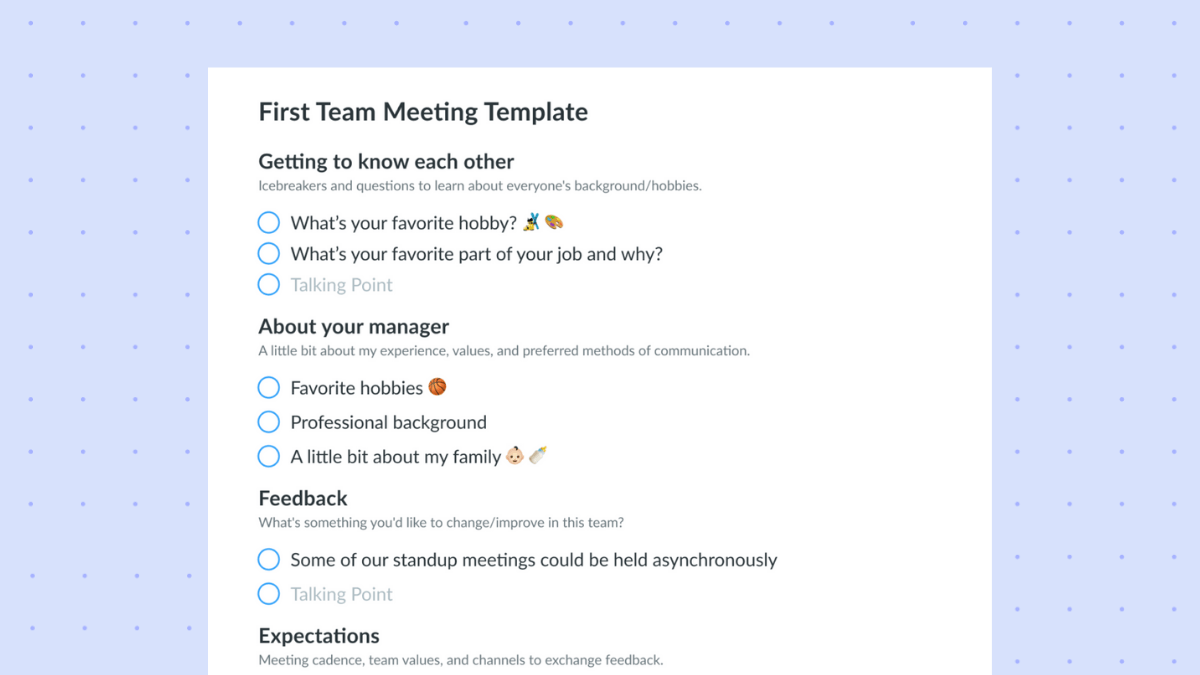



![Incoming Client Interview [Legal Clinic] Template](https://fellow.app/wp-content/uploads/2021/09/Incoming-Client-Interview-Legal-Clinic-preview.png)


